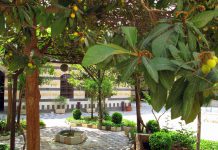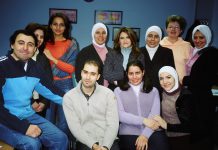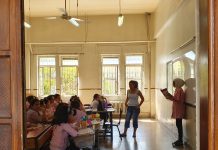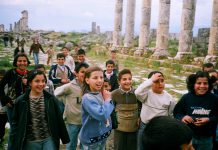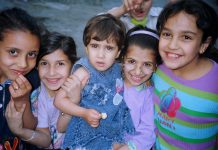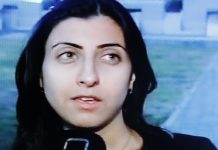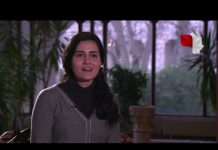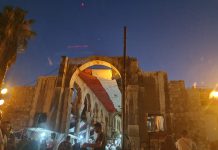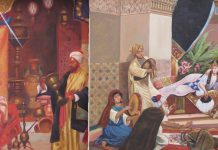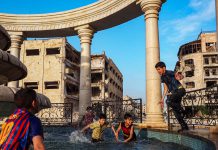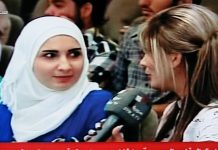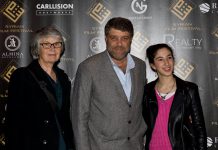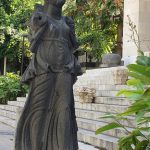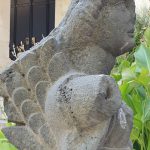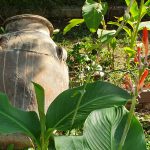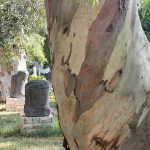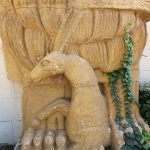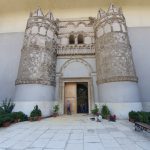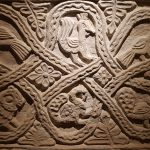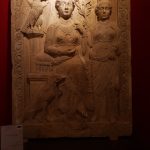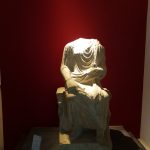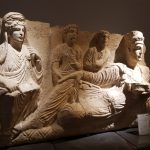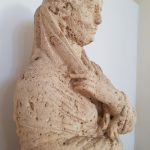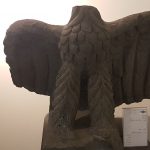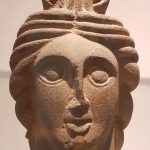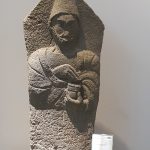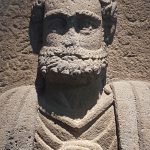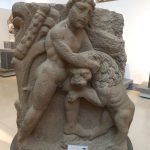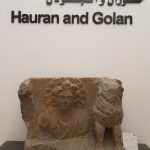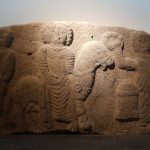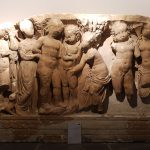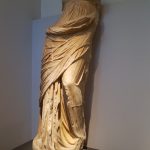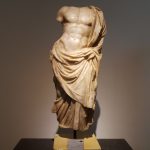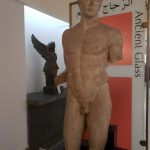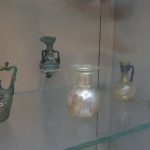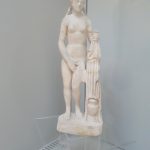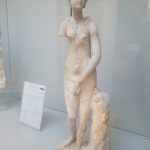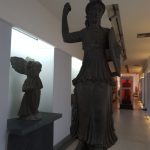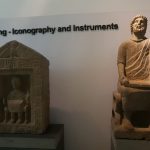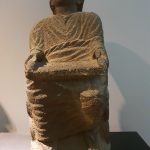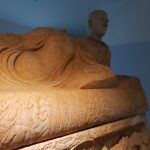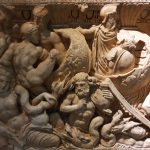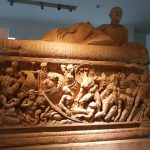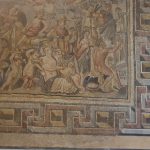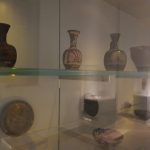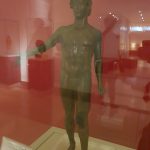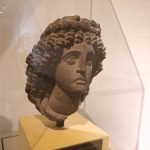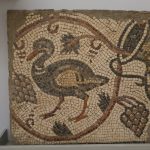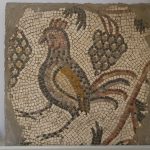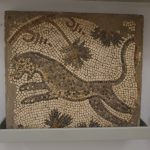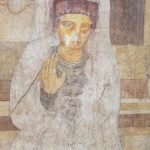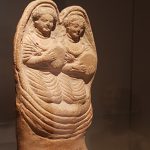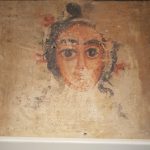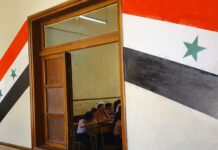In this second part of the interview with Damascus University professor Maamoun Abdulkarim, Professor Maamoun speaks about Syria’s ‘mosaic’, exemplified by his own family. The interview was conducted in a Damascus cafe on 22 September 2019.
When he was director general of antiquities and museums during the worst years of the war in Syria, Professor Maamoun believes his innate understanding and respect for different ethnic groups and religions enabled him to persuade Syrians to work together to save the country’s heritage.
Professor Maamoun suggests an overseas exhibition of Syrian antiquities today might have the word ‘resistance’ in it, for example: ‘The Resistance of the Cultural Heritage in Syria during the War’.
Khaled al-Assad, the 83-year-old archaeologist who was beheaded by ISIS should certainly feature in any such exhibition about ‘resistance’.
After six weeks of house arrest, Khaled was imprisoned in a hotel basement and tortured to reveal the location of hidden treasures that Tarek says never existed. After a month in the basement, the old man was beheaded with a sword in front of an assembled crowd. “He refused to kneel for the blade, so they kicked his legs out from under him,” Tarek says. An online photograph showed his corpse tied to a traffic pole and his head, spectacles in place, positioned mockingly at his feet. A placard tied to his body labelled him an apostate who served as “director of idolatry” at Palmyra and represented Assad’s government at “infidel” conferences abroad.
Ref: ‘Palmyra: has this ancient city suffered a fatal blow, or will it rise again?’, by Chris Ray, Sydney Morning Herald, August 31st 2019
(See below for images of some of the antiquities now on exhibition in the National Museum of Damascus)
Transcript of Part 2 of interview with Professor Maamoun:
What were some of the particular difficulties you faced and how did you overcome them?
I think the big problem I had was how I could convince all the Syrian people to work together, to accept my mission, to participate in this cultural matter.
As I have cultural diversity in my family background – my father was Armenian, my mother half-Kurdish and half-Syriac – as I have this origin, it gave me all the potential sources to understand all the people, all the differences in this country. Through all the difficulties, I was very free to contact anybody, any region, any religion, any ethnic (group)…. Because already I have very rich cultural diversity in my family. I think it was necessary to convince the people that you are neutral, that you are independent. When I contact any people in Syria, I am like another. I think that helped me a lot in my difficult work when I started because it was very hard. How can you start? How can you convince all these people with all these differences? I think this family background helped me to understand the people.
What does Syria mean to you?
All the time we say Syria is a mosaic of the people. Syria is very enriched by its people, by civilisations. We say it all the time. And we participated in many international exhibitions: ‘Syria: Land Of The Civilisations’.
That means Syria was all the time open to all the connections between the civilisations – between the Occident, the Orient, the local. This helped us: we have a rich cultural diversity. I think my family background is like the Syrian situation. It is rich; it’s a mosaic of the people. We are proud because we have a lot of the differences in religion, in the views, in the ethnic (groups). It gives us a Syria which is like a garden of the flowers.
If you were to bring an exhibition to Melbourne, Australia, what sort of exhibition would it be?
I always like the title, ‘Syria: The Land Of The Civilisations’. Also, we can say, ’The Resistance of the Cultural Heritage in Syria during the War’. How the Syrian cultural heritage – because it’s rich, because it’s strong – resisted. It resisted through all the difficulties, through all the (conflicts) in Syria. I think we are proud; we are proud to work with all these people, all the colleagues. Despite all the difficulties, I think the results, now, for me, are good. I am very happy to work. I say all the time that God gave me the chance to work for 5 years as director general of antiquities and museums through the war.
For me saving the cultural heritage is like saving the lives of children in the world. It’s human work. It’s cultural (work); it’s human work. I think we should be together despite all the differences between countries, in politics, despite all the embargoes. As a scientific community, we should be together, to continue together.
Today it’s Syria. We don’t know what will happen in another country in the future. It’s for this (reason), we need the model of the work. How we can made good cooperation for the future.
Now, since one year (ago), I’ve been working as an expert for UNESCO in Sudan, about risk management. (I work to) help Sudanese colleagues to defend their cultural heritage in Sudan through this bad situation that is happening in Sudan. For me, Sudan cultural heritage, Afghanistan, Mali, Iraq, Libya, Yemen, Syria, it’s the same cultural heritage. It’s human. It’s universal.
Susan Dirgham
Beloved Syria’s editorial team

